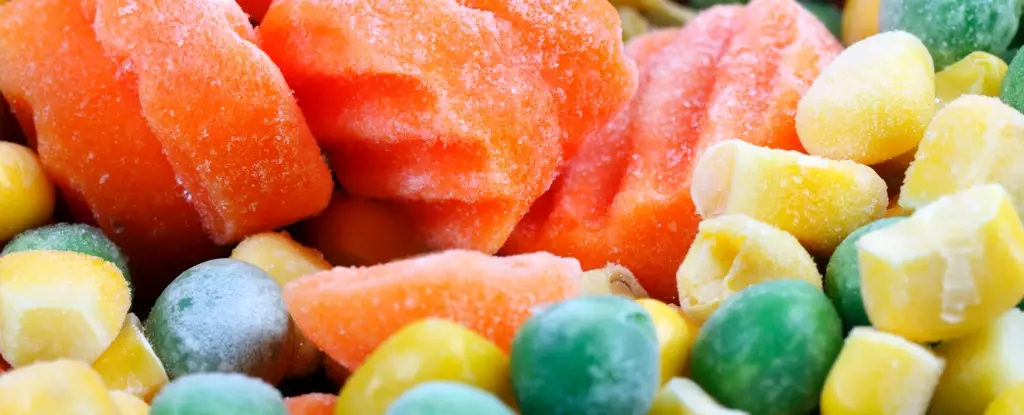In the midst of a cost of living crisis, many individuals are finding it increasingly difficult to maintain their usual budget for groceries, particularly when it comes to purchasing fresh fruit and vegetables. The Australian Bureau of Statistics (ABS) has noted a decline in fruit and vegetable consumption in 2022-23 compared to the previous year. This can be attributed to the rising costs associated with living expenses, which are exacerbating an existing issue – a significant portion of Australians already do not consume an adequate amount of fruits and vegetables. According to Australian dietary guidelines, individuals aged nine and older should aim to consume two servings of fruit and five servings of vegetables daily for optimal health. However, recent reports indicate that only 4 percent of Australians are meeting these recommendations for both fruit and vegetable intake.
Exploring Alternative Options for Nutrient Intake
While fresh produce is commonly regarded as the most nutritious option, there are alternative methods to ensure that individuals still receive the necessary vitamins and minerals typically found in fruits and vegetables. Frozen fruits and vegetables, for example, offer a convenient and often more affordable substitute to fresh produce. In some cases, frozen options may even be higher in certain nutrients such as vitamin C and E due to their preservation methods. Frozen produce also presents an opportunity to reduce food waste, as individuals can use only what they need at a given time. Additionally, canned fruits and vegetables can serve as a cost-effective alternative to fresh produce, offering convenience and a longer shelf life. While heat-sensitive nutrients like vitamin C may experience a slight reduction in canned products compared to fresh produce, they are still a valuable source of essential vitamins and minerals.
Maximizing Fresh Produce on a Budget
For individuals looking to prioritize fresh produce in their diet despite financial limitations, there are several strategies that can help make this goal more attainable. Buying in-season fruits and vegetables can significantly reduce costs, as local seasonal produce is generally more affordable than imported options. Embracing “ugly” fruits and vegetables – those that may not meet aesthetic standards but are equally nutritious – is another way to access fresh produce at a lower cost. Managing food waste is crucial for both saving money and reducing environmental impact, making meal planning and freezing excess fruits and vegetables essential practices. Exploring options for swapping or sharing produce with others in the community can also provide access to fresh ingredients at no additional cost. Finally, engaging in gardening, even on a small scale, can be a rewarding way to offset expenses associated with purchasing fresh produce while promoting sustainability and reducing waste.
The cost of living crisis has undoubtedly influenced how individuals approach their food choices, particularly when it comes to fresh fruit and vegetable consumption. While financial constraints may limit access to traditional fresh produce options, there are various alternatives and strategies available to ensure that individuals can still meet their nutritional needs on a budget. By exploring frozen, canned, and seasonal produce, as well as implementing practices to reduce food waste and engage in community sharing, individuals can continue to prioritize their health and well-being while navigating the challenges of the current economic climate. Ultimately, by being resourceful and proactive in their approach to food consumption, individuals can overcome the obstacles presented by the cost of living crisis and maintain a balanced and nutritious diet.



Leave a Reply